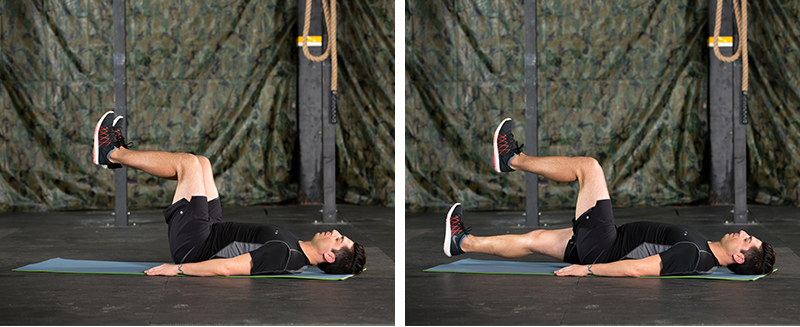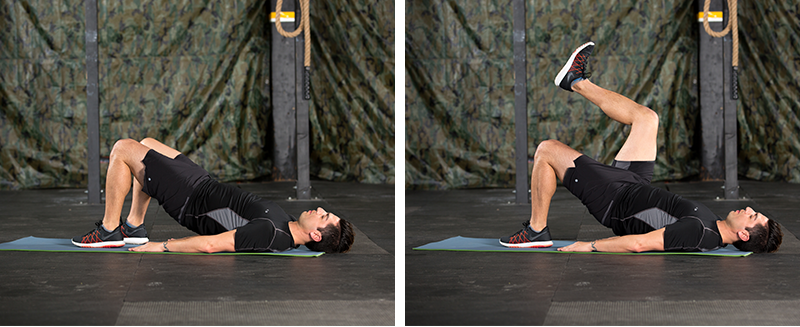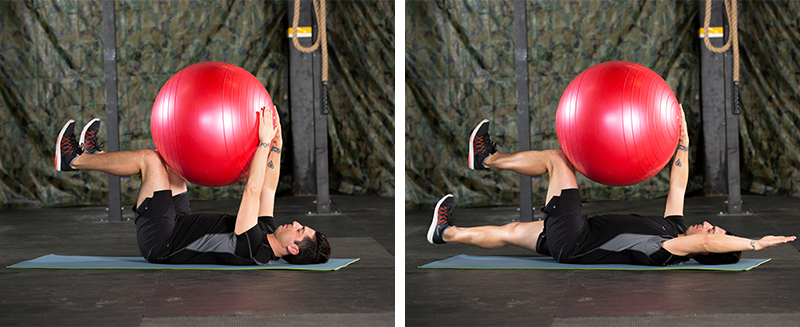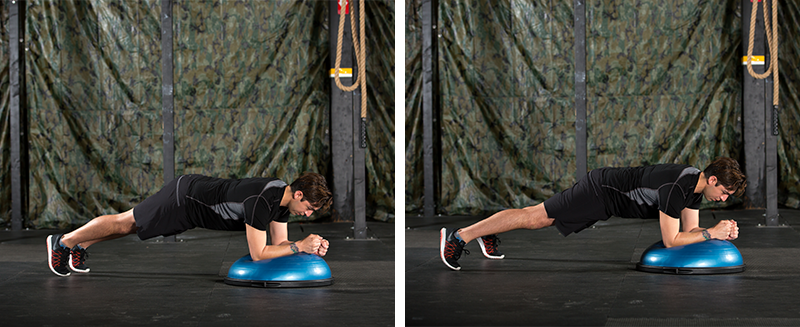7 Benefits of Jumping Rope
If you're looking for a way to add a little fun and creativity to your workouts, consider adding jump rope intervals. A good jump rope is one of the best investments you can make in your own fitness because it is an extremely effective form of cardiorespiratory exercise and doesn't require much more than a little space, a timer and some creativity.
Humans burn about five calories to consume 1 liter of oxygen. This means that exercises that involve more muscles can increase the demand for oxygen, allowing you to expend more energy (burn more calories). Anyone who has swung a rope for more than 20 seconds knows that it's a great way to elevate your heart rate and burn calories.
If you’re still not convinced to try it, here are seven more reasons why you should consider jumping rope when looking for ways to change your existing fitness program:
1. Jumping rope can increase the elasticity and resiliency of lower-leg muscles, leading to a reduced risk of lower-leg injuries. Calf raises can strengthen the lower leg, but if the muscle tissue becomes too tight it could increase the risk of a number of lower-leg injuries including achilles tendon strain or plantar fasciitis. Jumping rope regularly strengthens the calf muscles and improves the elasticity of the surrounding tendons and fascia. To increase elasticity, try to land on the ball of the foot first, but let your heels go all of the way down to the ground.
2. Jumping rope can help improve your coordination. Jumping rope is a cyclic activity, which means you perform it for a steady, regular cadence. The steady cadence and rhythm of jumping rope can help improve the coordination between your eyes, feet and hands.
3. Jumping rope can help improve your cognitive function. This is because jumping rope involves learning new motor patterns, which improves the nervous system communication between your brain, wrists and lower leg muscles. This, in turn, helps to improve your overall cognitive function, which is an important benefit as we age.
4. Jumping rope can help increase the intensity of circuit-training workouts. Strength-training workouts that alternate between different muscle groups can increase heart rate and provide a cardiorespiratory benefit. Adding one or more jump-rope stations to a circuit is an easy way to increase the intensity of the overall workout. If you enjoy making your own exercise circuits, add two to three minutes of steady rope jumping at the end for an additional calorie-burning opportunity.
5. Jump ropes are extremely portable, which makes them an excellent option when traveling. Most modern business hotels provide guests with a basic workout room that features a few pieces of exercise equipment. That's the good news. The bad news is that the quality or condition of that equipment may be questionable at best and downright dangerous at worse. Don’t let an under-equipped workout room keep you from sticking with your workouts when you travel. If you pack a jump rope in your suitcase, even the most sparsely outfitted hotel fitness facility can provide you with the space for a sweat-filled jump-rope session.
6. The portability of jump ropes make them an excellent option for outdoor workouts at your favorite park or exercise course. Many city parks have pull-up bars and other outdoor exercise facilities. With a jump rope, you can get an awesome total-body workout by combining your favorite exercises on the available equipment with one- to three-minute jump rope intervals.
7. A jump ropes is the only piece of home cardio equipment you really need. And all you need for space is the ability to safely swing the rope without hitting any furniture or knick-knacks.
Invest in a Quality Jump Rope
If you are thinking about making jumping rope a component of your personal workout program it's a good idea to invest in a good, durable jump rope. Purchasing a jump rope is not a significant investment, but you should spend a little to invest in a rope that is easy to adjust and that uses ball bearings to connect the rope and the handle. Ropes with bearings tend to last a little longer than ropes that simply have the end knotted in the handle. The only other piece of equipment you need is a timer, which can easily be downloaded to a phone or tablet and used to set specific work-to-rest ratios.
The Workout
The following jump-rope workout will give you a few ideas for how to add it to your existing exercise program. This workout can either be performed at the end of a strength-training session or as a stand-alone workout on cardio day.
Warm-up
Perform multiplanar jumps by jumping in all three planes of motion. This helps prepare the muscles and connective tissues of your lower legs for the forces they will experience during the workout. Perform eight to 10 jumps, rest for 30 seconds, and perform two sets for each plane.
Split-leg Jumps (Sagittal Plane): Start with your right foot forward and left foot back. As you jump, move your left foot forward and right foot backward before landing.
Wide-to-narrow Jumps (Frontal Plane): Jump the feet out to shoulder-width apart and then directly under the hips.
External-to-internal Rotation Jumps (Transverse Plane): Jump up and rotate your right foot to point toward 2 o'clock and the left foot toward 10 o'clock when you land. As you jump back up, rotate the feet to point to 12 o'clock. To protect your knees, do not over rotate your feet and be sure to land with your knees slightly bent.
Workout
Single-leg Jumps: Set your timer for one minute and spend 30 seconds on each leg. Rest for 15 to 30 seconds. (Note: Start with 30 seconds; reduce your rest time as your fitness improves.) Complete a total of five minutes (two-and-a-half minutes on each leg)
Split-leg Jumps: Start with your right foot forward; switch to left foot forward while in the air, alternate feet while jumping. Jump for one minute and then rest for 30 seconds. As you become more fit, increase the work time to 90 seconds and reduce the rest time to 15 seconds. Complete four to six sets of timed intervals.
Running in Place: Alternate between right and left foot. Jump for 60 seconds and progress to 90 seconds. Likewise, start your rest at 30 seconds and reduce to 15 as your fitness improves. To increase intensity, perform 10-second intervals, alternating between fast and slow paces (sprint for 10 seconds, slow and steady for 10 seconds). Complete four to six sets of timed intervals.
Rope Jumping Ladder: Use traditional jump-rope form, taking off and landing on both feet. Start by jumping for 30 seconds and resting for 15 seconds. Add 15 seconds every set up to two minutes. Rest for 30 seconds and go back down the ladder to 30 seconds. If jumping rope is your only workout for the day, consider taking the ladder up to three or four minutes at 30-second intervals.
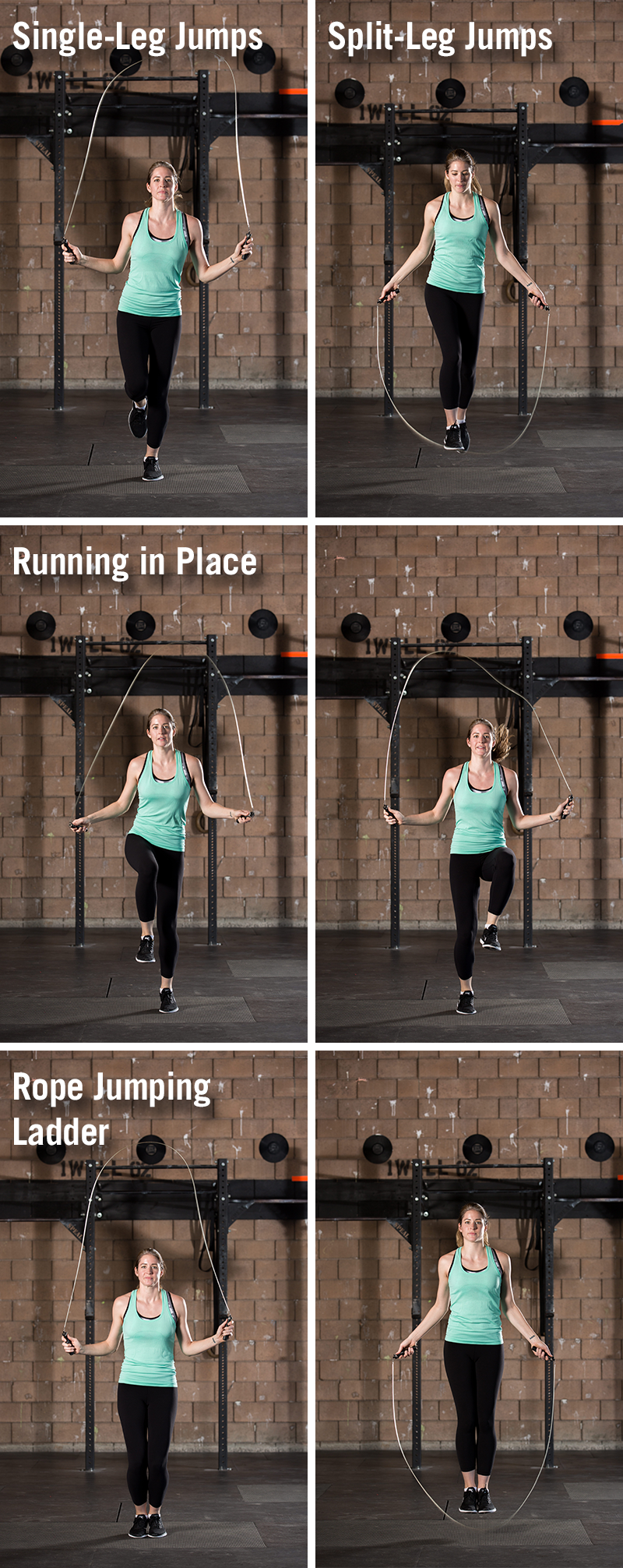
Cool-down
Calf Stretch: Lean against a wall and place your right leg straight back. Keep your hands on the wall and press the right heel into the floor while keeping the knee fully extended. Hold for 30 to 45 seconds and complete two to three reps on each side.





